Positioning and scope of application of the three standards
1.API 594
Core Positioning: Specifically for the design and manufacture of butt-clamp (Wafer) and double-flanged (Lug) check valves.
Typical applications:
High-pressure, high-frequency start/stop pipework (e.g. pump outlets).
Compact installations where space is limited.
Severe working conditions where backflow of media has to be prevented.
2.API 6D
Core Positioning: For pipeline valves, including ball valves, gate valves, check valves and plug valves.
Typical applications:
Long-distance oil and gas pipelines (e.g. crude oil, natural gas trunk lines).
Large diameter and high pressure rating valve requirements.
3.API 602
Core Positioning: for compact gate, globe, and check valves (Bore typically ≤ NPS 4, Pressure Rating ≤ Class 1500).
Typical applications:
Fine control systems for small bore, high pressure and high temperature.
Volume sensitive applications such as refineries and wellhead equipment.
Comparison of key differences
| Comparison Dimension |
API 594 |
API 6D |
API 602 |
| Applicable Valve Type |
For Wafer/Double Flange Check Valves Only |
Various valves (ball valves, gate valves, etc.) |
Compact Gate, Globe, Check Valves |
| Size range |
Normally NPS 2~24 |
Large calibre predominant |
Small Diameter (≤NPS 4) |
| Pressure rating |
Class 150~2500 |
Class 150~2500 |
Class 150~1500 |
| Test Requirements |
Bi-directional seal test (prevents backflow) |
One-way seals are predominant |
High Pressure Gas Seal Testing |
| Structural Characteristics |
Lightweight and reliant on pipe bolting |
Individual Flange Connections for Long Pipelines |
Short Structure, Integrated Valve Body Design |
Suggestions for selection: matching criteria according to scenarios
1.Typical scenarios for selecting API 594
Pump outlet protection: need to close quickly to prevent water hammer effect, and limited installation space.
Chemical plant: the medium is highly corrosive, requiring two-way zero-leakage sealing.
Advantages: light weight, low flow resistance, strong impact resistance.
2.Typical scenarios for choosing API 6D
Long-distance oil and gas pipeline: need large diameter, high pressure capacity of the valve (such as ball valves).
Trunk line isolation: requires valves to be installed independently and support pipe cleaning operations.
3.Typical scenarios for selecting API 602
High-pressure, small-diameter systems: such as refinery instrument air piping, wellhead control valve manifolds.
High temperature steam systems: short structure design to reduce the effects of thermal expansion.
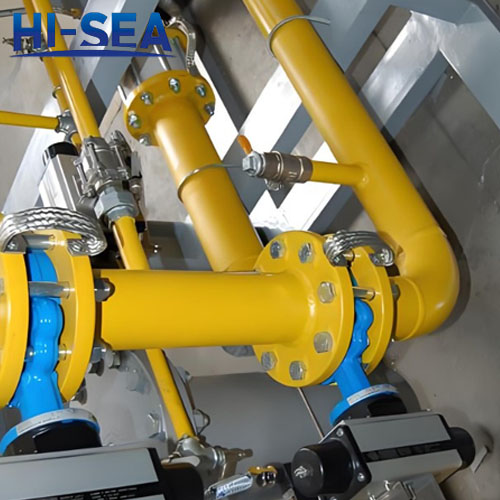


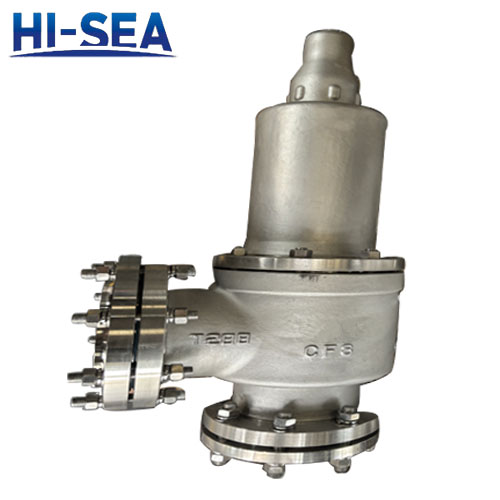
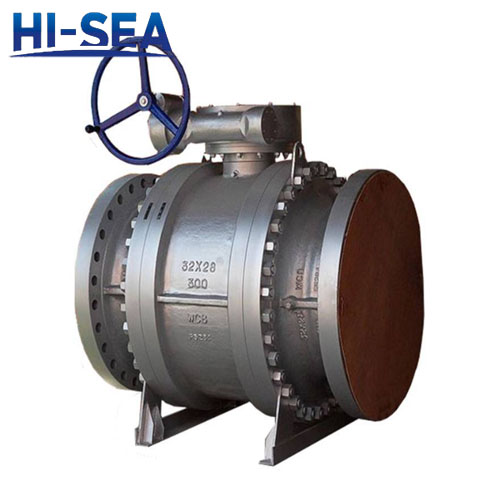
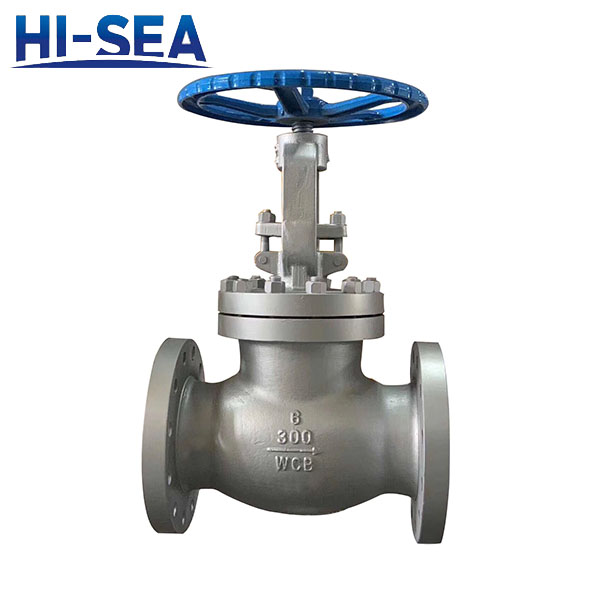
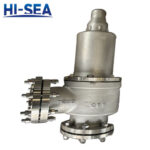 Introduction to API Safety Valves
Introduction to API Safety Valves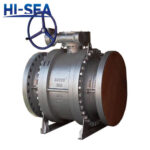 Recommended API Ball Valves
Recommended API Ball Valves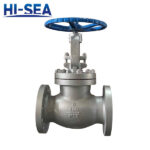 Valve Standard for Petrochemical Industry
Valve Standard for Petrochemical Industry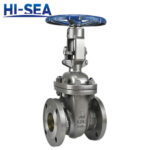 API 600 and API 602 valve standard difference and application guide
API 600 and API 602 valve standard difference and application guide